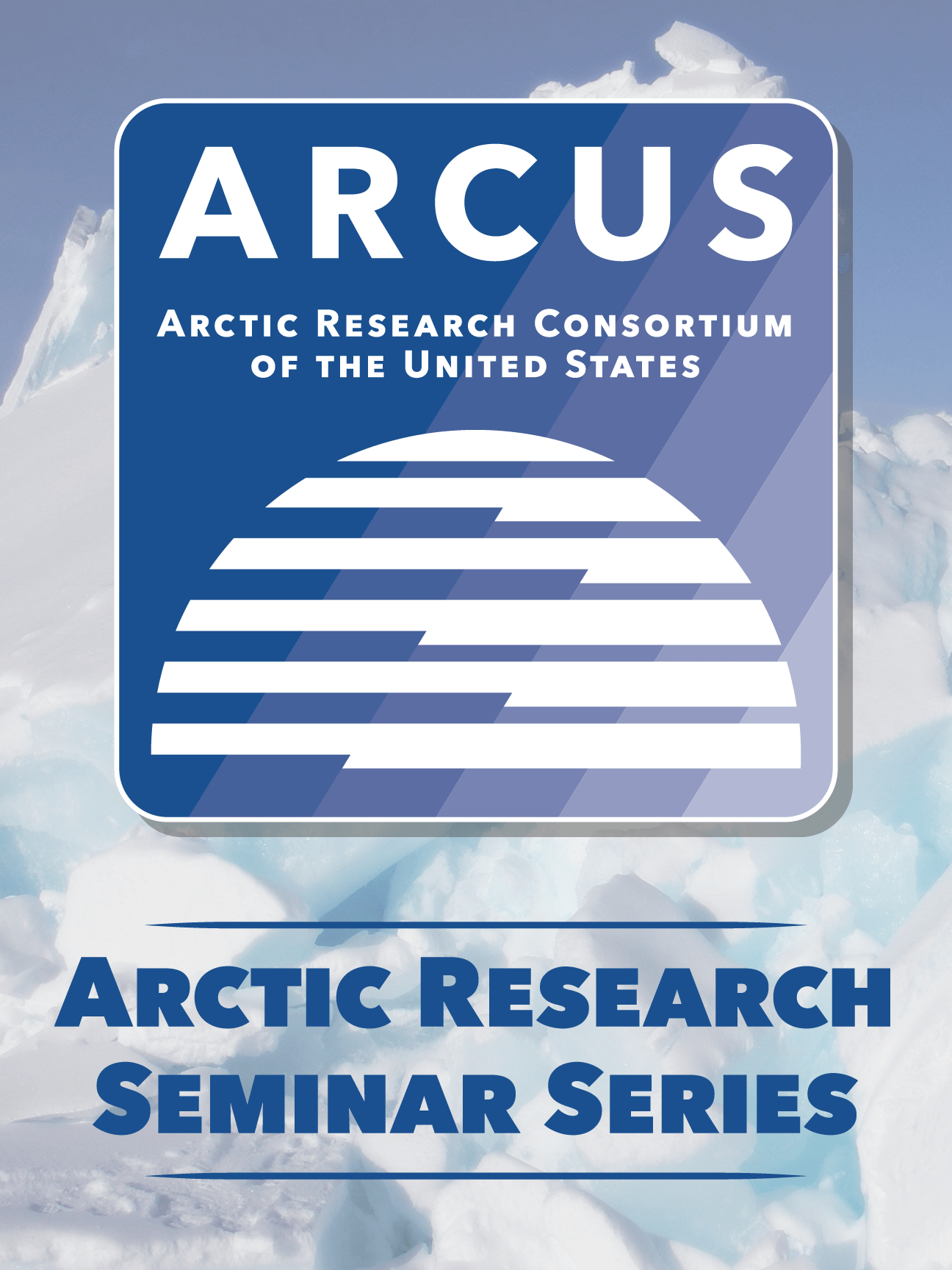Denver Holt: Highlights of 30 Years Studying Snowy Owls and Brown and Collared Lemmings at Utqiagvik, Alaska - 14 April 2022
Presentations
For 30 years (1992-2021) Denver and colleagues have been studying the breeding ecology of Snowy Owls at Utqiaġvik, Alaska. It is the longest continuous breeding study in the world, and conducted by the same researcher. They have studied 284 nests and banded ~800 owls, mostly nestlings.
Researchers have recorded >43,600 prey from pellets, and >3,300 prey cached at nests, of which >2,500 have been lemmings. For lemming carcass cached at nests, they recorded sex, body mass, relative age, and reproductive status.
Researchers have also monitored lemming population fluctuations through snap-trap methods. Over 30 years, more than 3,600 lemmings have been snap-trapped. They have recorded; sex, body mass, relative age, reproductive status, embryo counts, parasites, infectious diseases, and so forth. Although population fluctuations do exist, predictable cycles in the strictest definition of the word do not.
Additionally, researchers attached the first satellite transmitters to Snowy Owl in the world, recorded nest site characteristics, established genetic markers for estimating population, conducted hormone research in relation to pre-fledging nest departure of young, conducted growth rates and plumage development studies, and behavioral studies. Additionally, they have conducted an entire review their world ecology and population estimates.
Snowy Owl nesting numbers at Utqiaġvik have been declining since about 2009. Reasons are not known but climate change is suspected.
However, alternative questions for this decline do exist. For example, did the ~10 years of killing Arctic foxes to protect the threatened Steller’s Eider disrupt the entire ecosystem around Utqiaġvik? Do Brown and Collared lemmings and Arctic Fox have a relationship that benefits all three species? Did the removal of Arctic fox increase White-fronted, Brandt, and Snow goose numbers? And, in turn does the grazing impact on tundra plants, compete with lemmings, and reduce forage quality, quantity and ground cover, important for lemming survival?
These questions will be addressed in future analysis.

